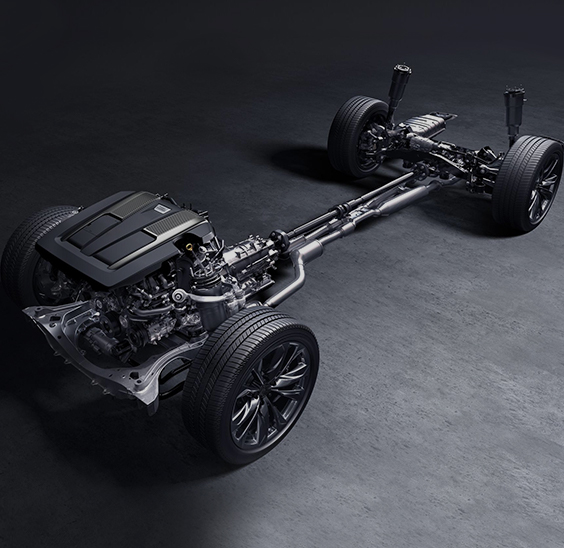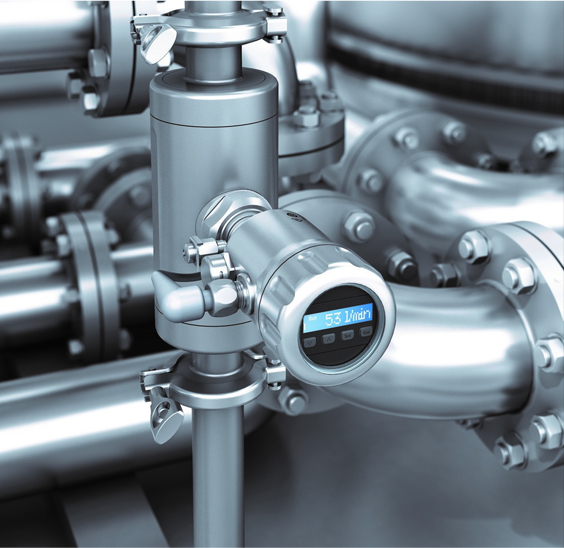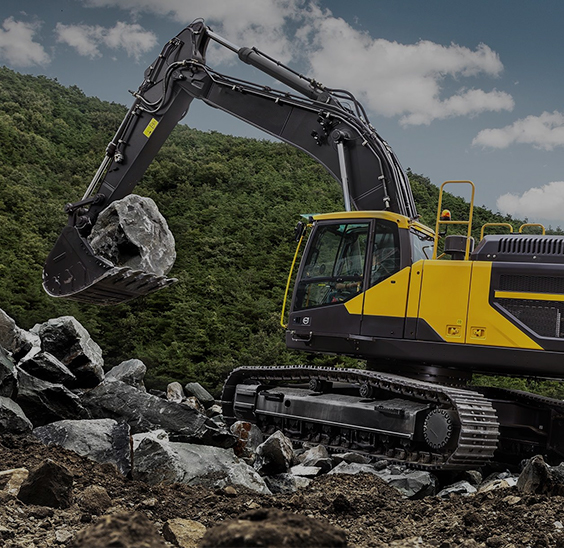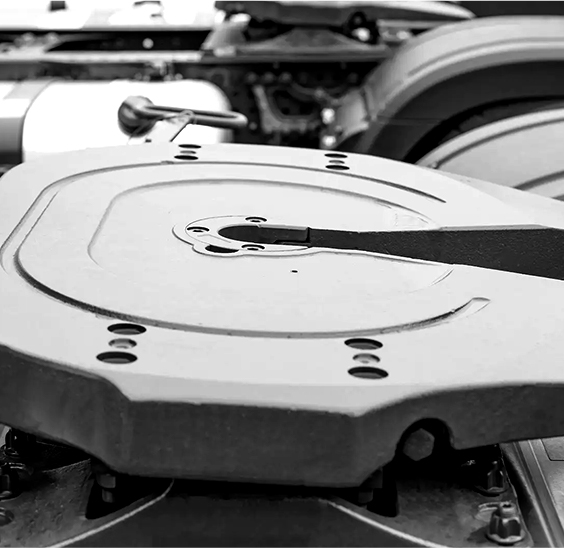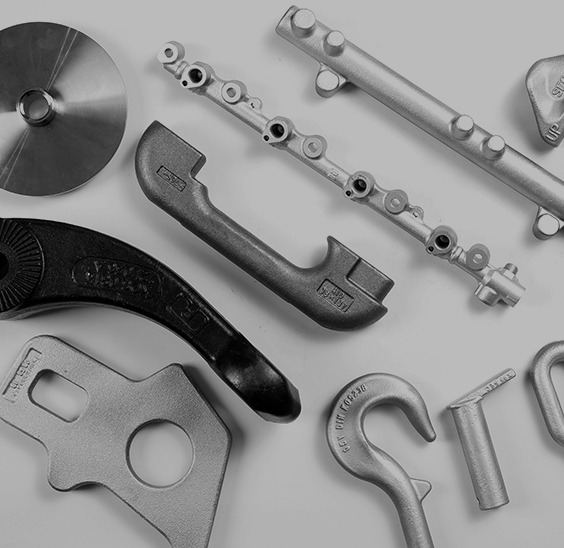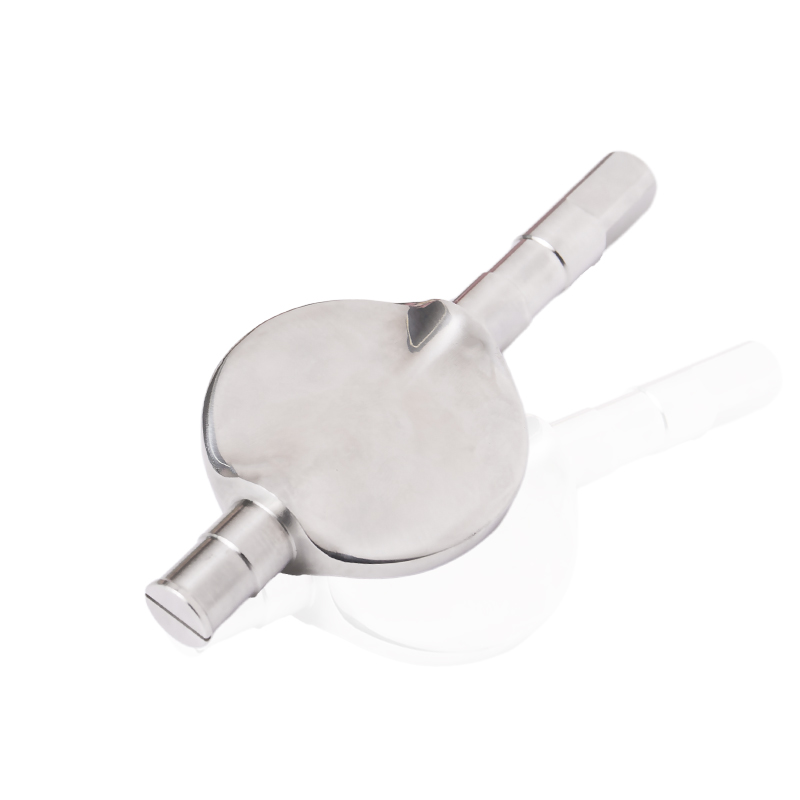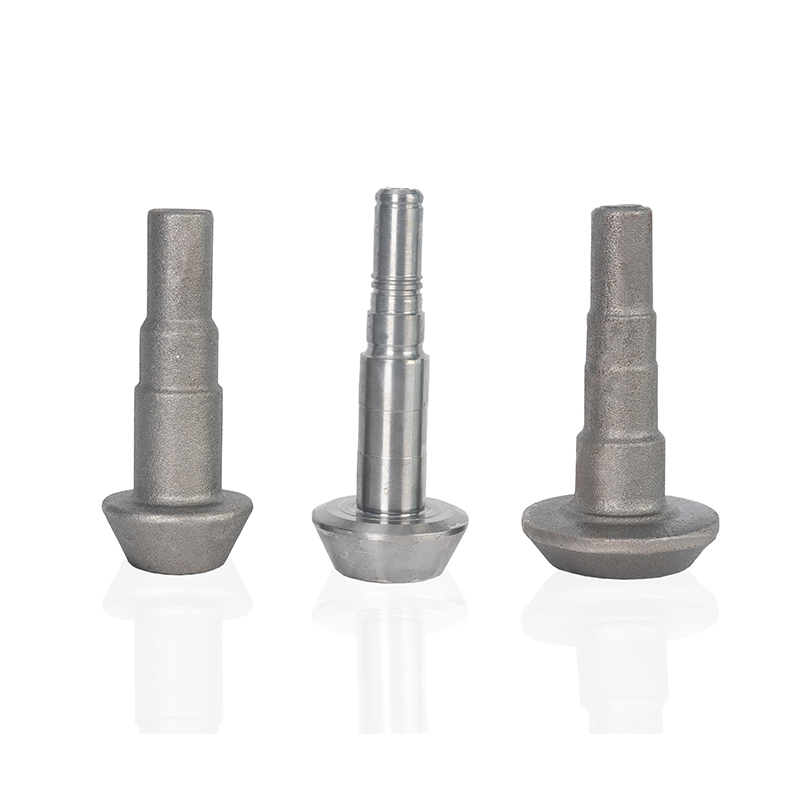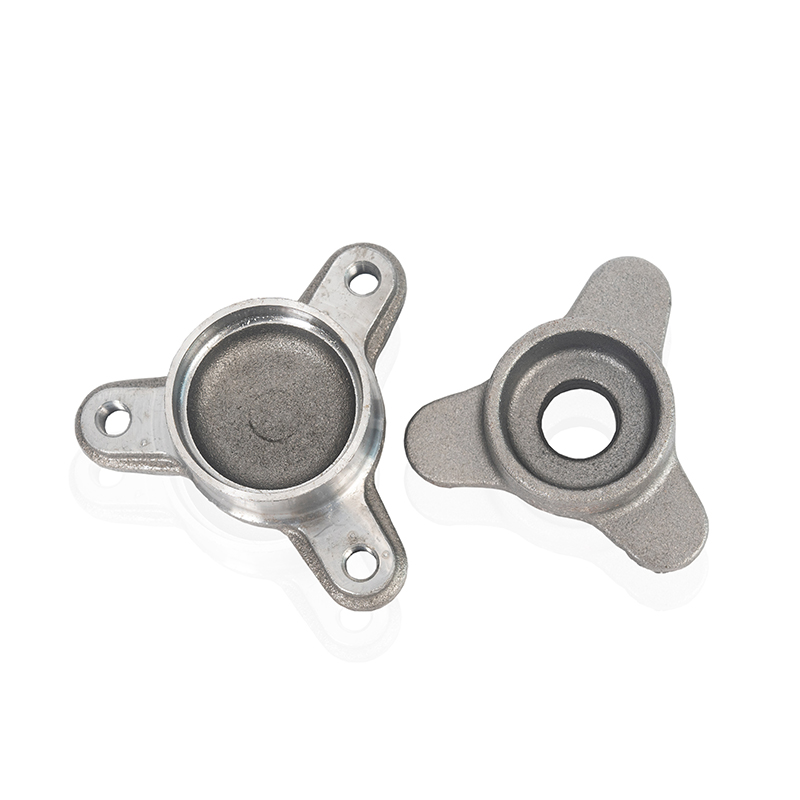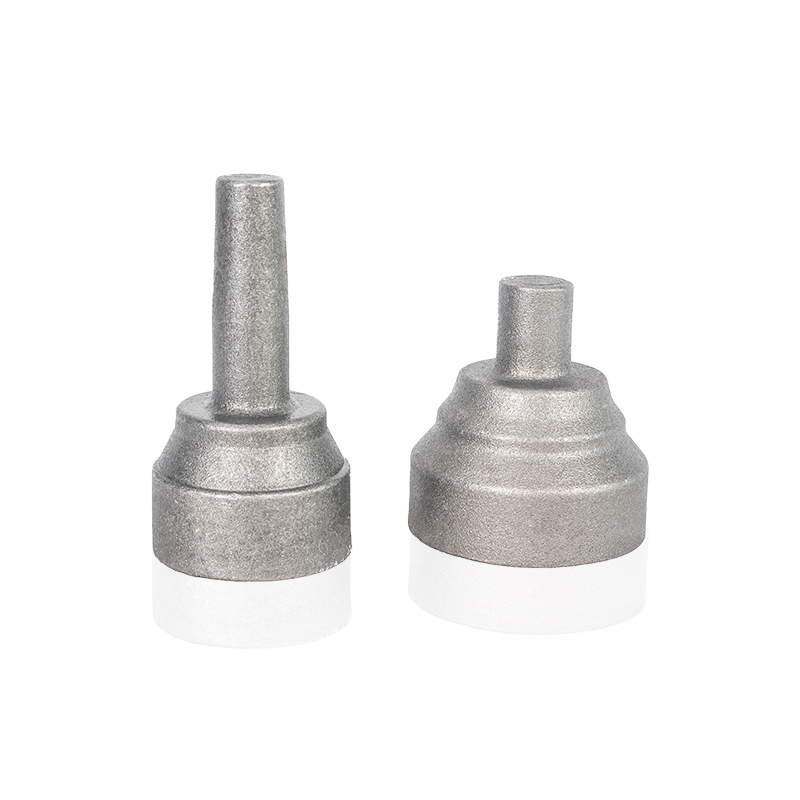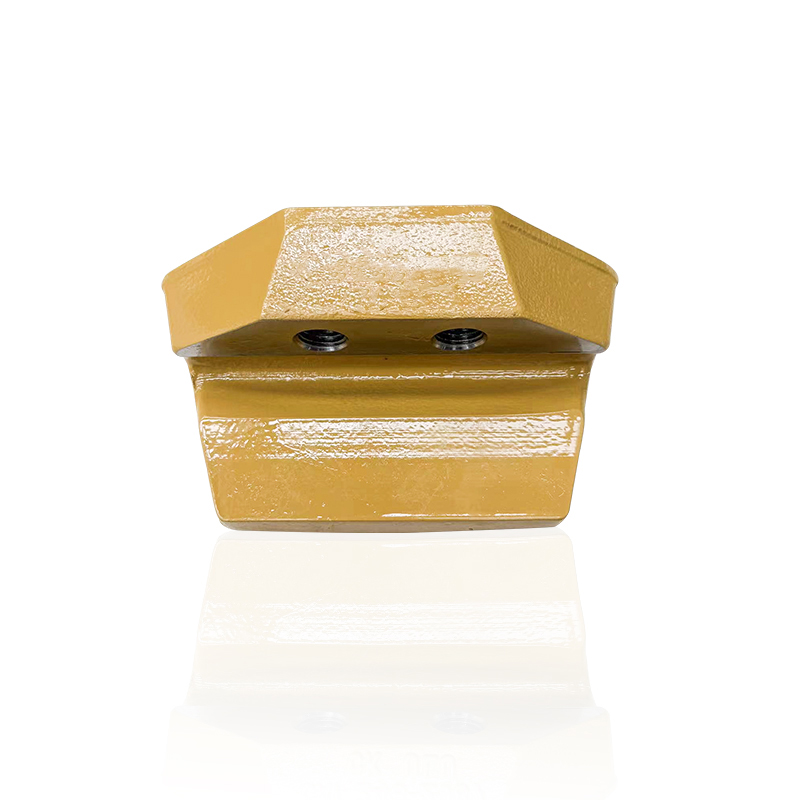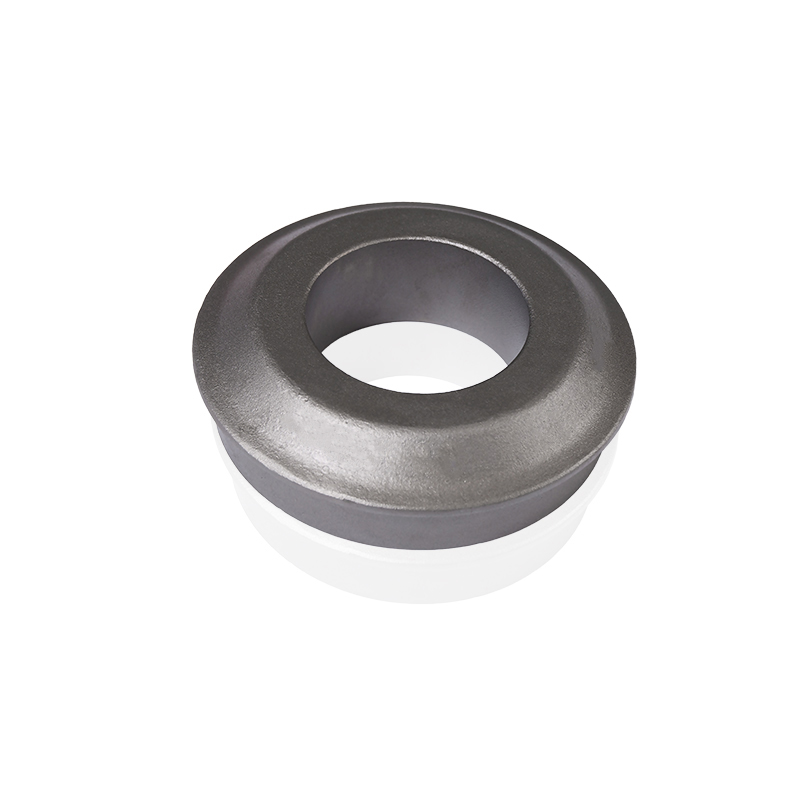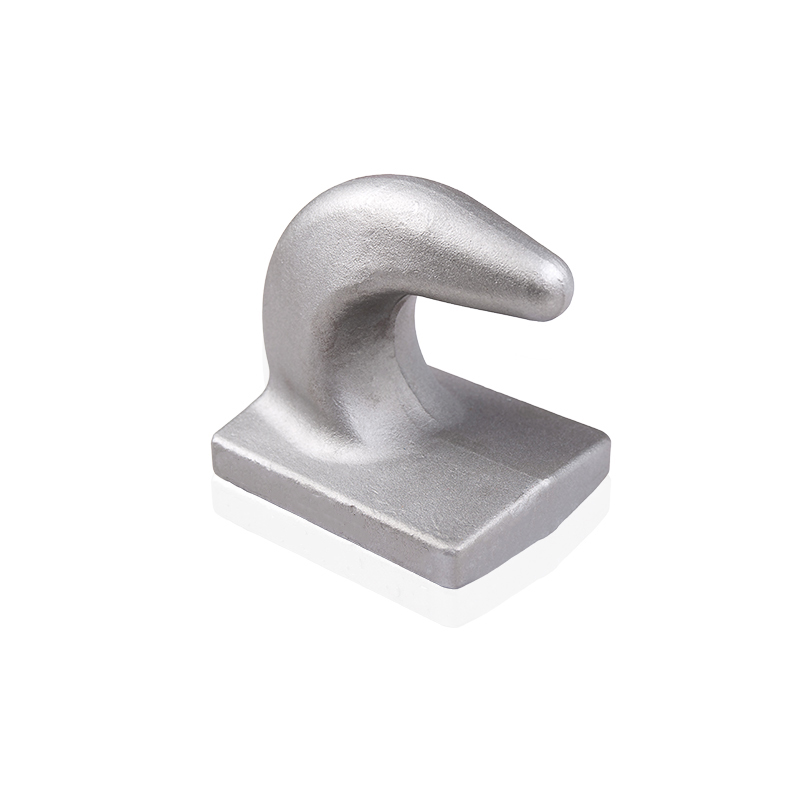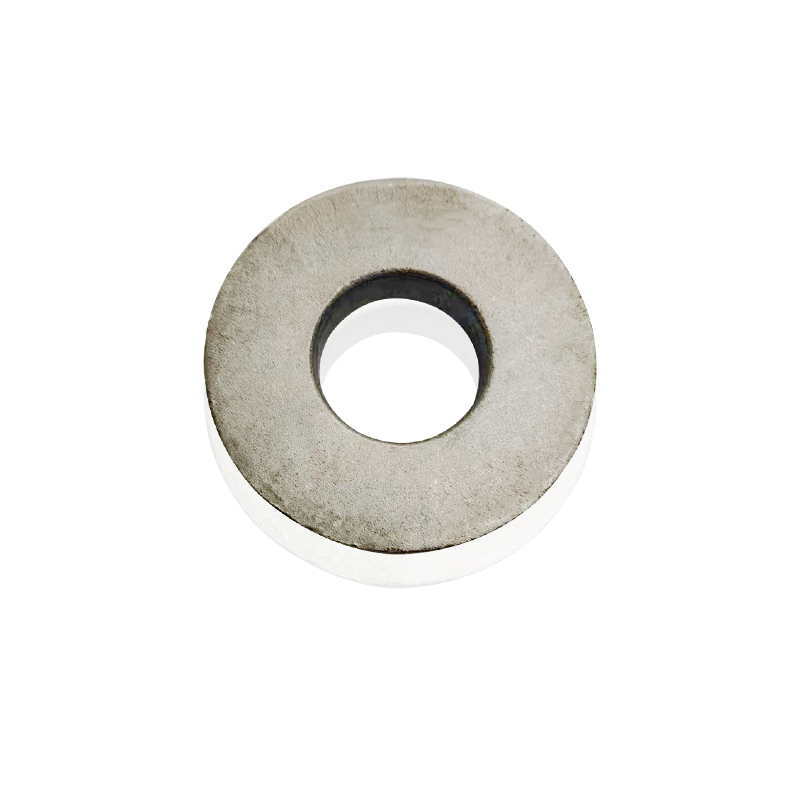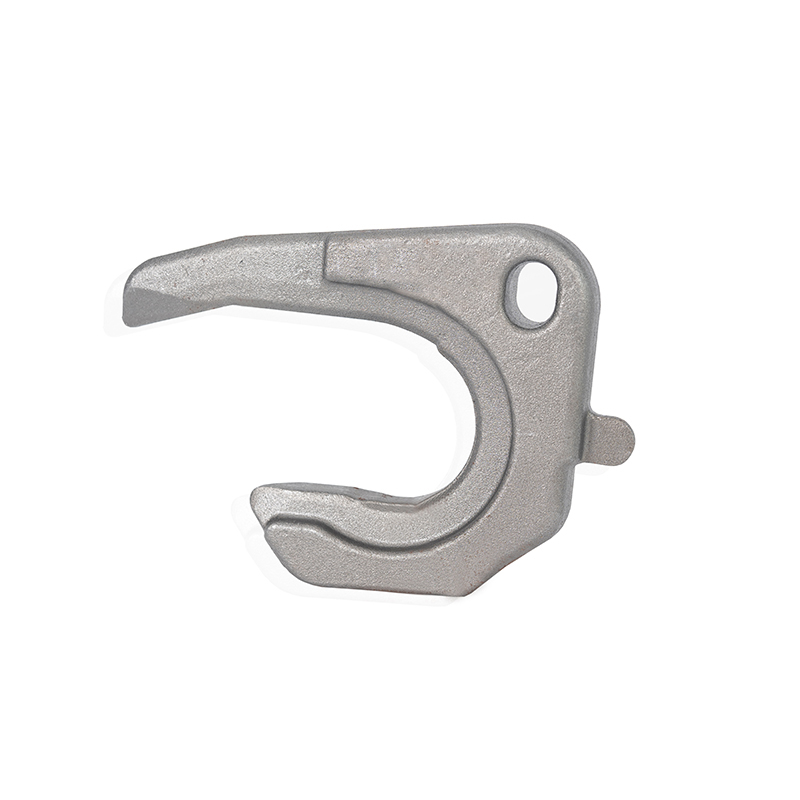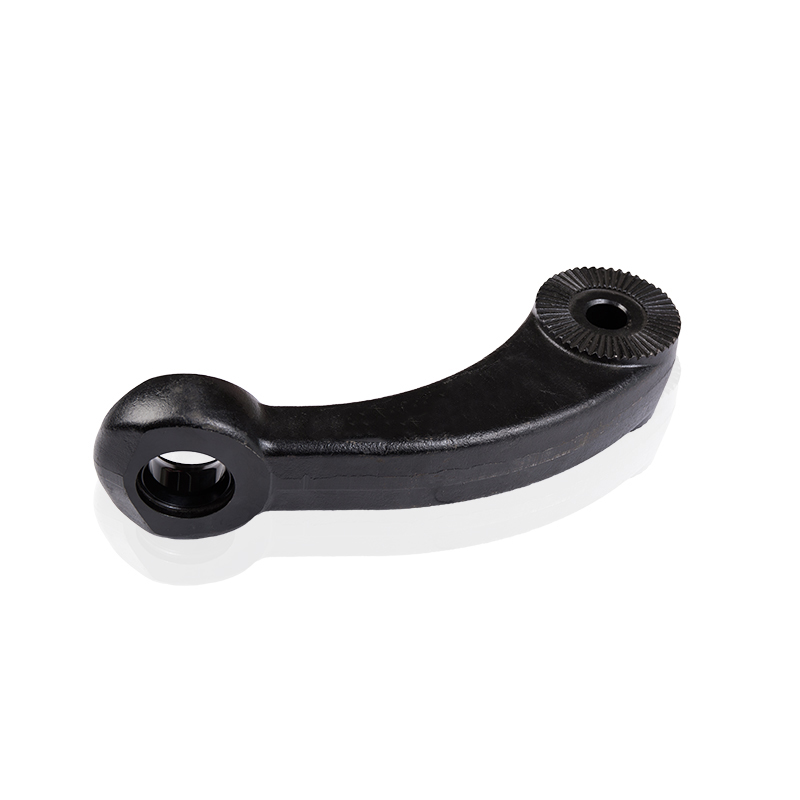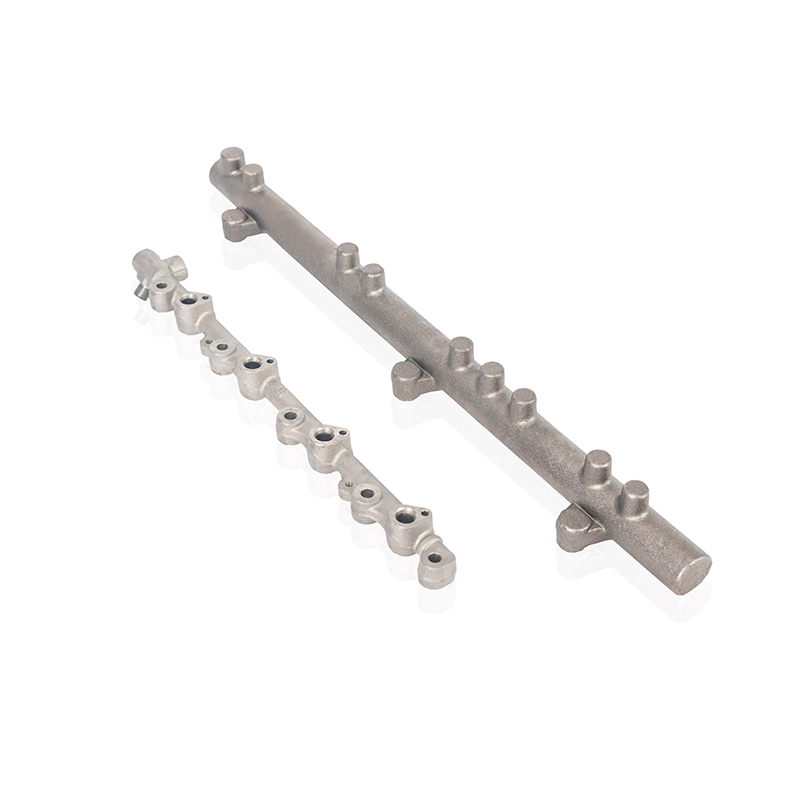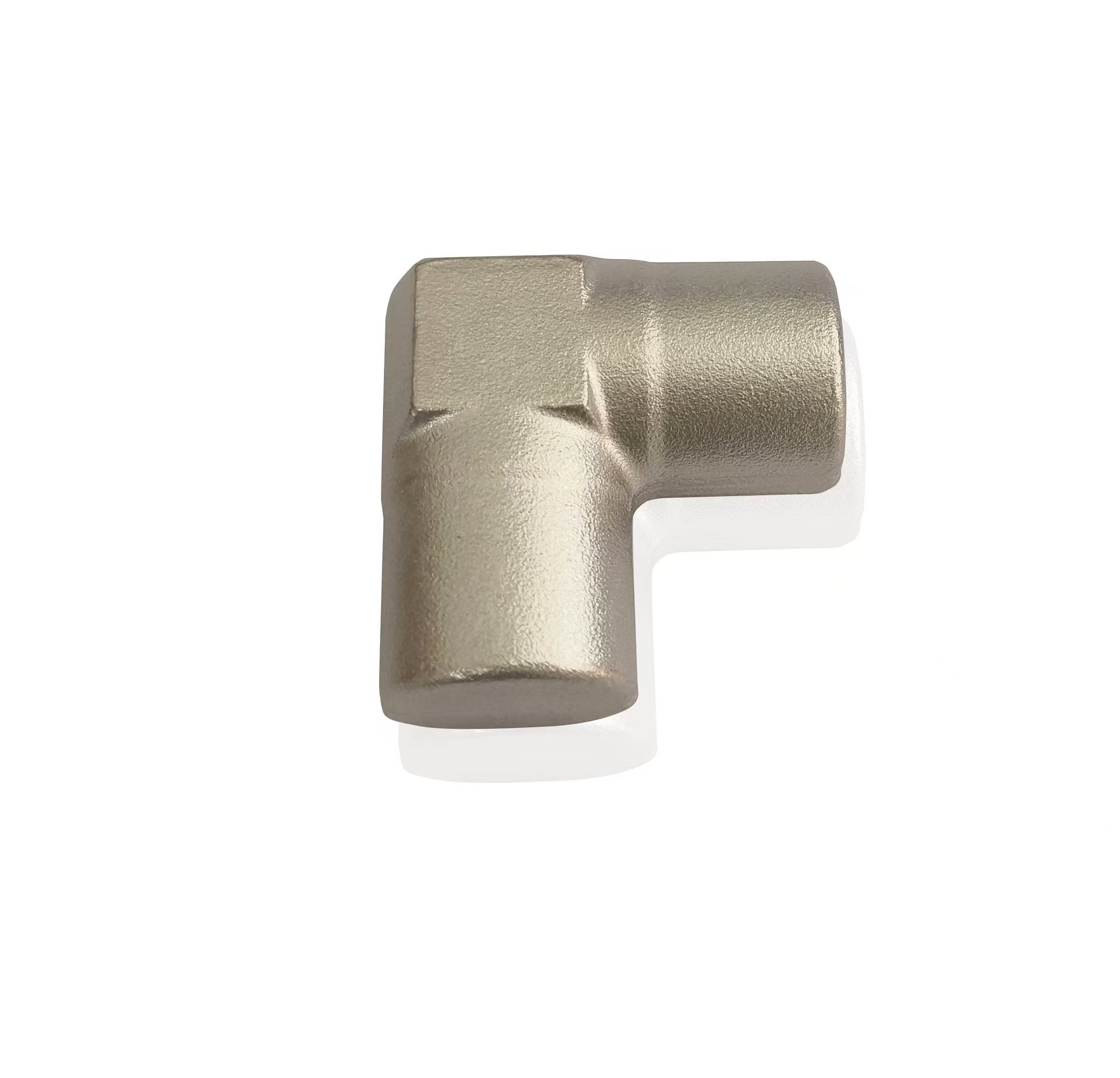Stainless Steel 201 vs 304 — Practical Comparison, Uses, and How to Choose
 2025.10.16
2025.10.16
 Industry news
Industry news
1. Chemical composition and microstructure
Stainless steel grades 201 and 304 are both austenitic stainless steels, meaning they have a face-centered cubic microstructure at room temperature that gives good formability and toughness. The key practical difference is nickel (Ni) content: 304 is a standard “18/8” stainless (approximately 18–20% chromium and 8–10.5% nickel), while 201 lowers nickel content and increases manganese (Mn) and nitrogen (N) to maintain the austenitic structure (typical ranges: ~16–18% Cr, ~3.5–5.5% Ni, ~5.5–7.5% Mn). Because 201 has less nickel and more manganese, it is typically cheaper but its exact corrosion and mechanical behavior differs from 304 in real-world conditions.
2. Corrosion resistance and real-world durability
304 has noticeably better corrosion resistance than 201 in most common environments because higher nickel and slightly higher chromium content stabilize the passive oxide film that protects stainless steel. In indoor, dry, or mildly humid environments (kitchens, indoor appliances, furniture), 201 can perform acceptably. However, in aggressive environments—coastal locations, chlorinated water, chemical exposure, food-processing lines—304 is the safer choice to avoid pitting, staining, or early surface rust.
Practical guidance
- Use 304 for outdoor, marine, or food-contact applications where long-term corrosion resistance is required.
- 201 is acceptable for indoor decorative parts, budget appliances, or applications where occasional maintenance (cleaning) is planned.
3. Magnetic properties and forming behavior
Because 201 has higher manganese and lower nickel, it is more prone to partial magnetic response after cold working compared with 304, which is typically non-magnetic in the annealed condition and may become slightly magnetic after heavy forming. For applications where magnetism matters (e.g., magnetic sensors, decorative non-magnetic hardware), test a sample after the intended forming process.
4. Mechanical properties, hardness, and forming/welding
304 generally offers slightly better ductility and toughness than 201; both are readily cold-formed and drawable. 201 can be work-hardened to higher hardness because of its alloy balance. Welding is straightforward for both grades with standard austenitic stainless welding procedures, but filler selection matters: when welding 201, consider filler metals that maintain corrosion resistance (often 308L filler is recommended for 304 welds; consult welding specs if dissimilar welding is required).
Welding and post-weld tips
- Clean surfaces and remove contaminants before welding to reduce carbide precipitation and staining.
- For critical corrosion resistance after welding, consider passivation or pickling when the application demands it.
5. Cost, availability, and common applications
201 is usually less expensive because of lower nickel content and is widely used where cost sensitivity is important and corrosion demands are moderate. 304 costs more but is more versatile for demanding service. Typical uses:
- 201: indoor kitchen equipment, decorative trims, low-cost sinks, budget appliances, furniture frames, and some restaurant interiors (where regular cleaning is performed).
- 304: food processing equipment, chemical tanks, medical devices, architectural façades, outdoor railings, and marine-adjacent fixtures.
6. Quick side-by-side comparison table
| Property | Stainless Steel 201 | Stainless Steel 304 |
| Typical Cr / Ni (approx.) | ~16–18% Cr, ~3.5–5.5% Ni, higher Mn | ~18–20% Cr, ~8–10.5% Ni |
| Corrosion resistance | Moderate (best indoors / mild conditions) | High (broad environments, including food and outdoor) |
| Magnetic behavior | More likely to be magnetic after cold work | Usually non-magnetic in annealed state |
| Formability / strength | Good; work-hardens more easily | Excellent ductility and toughness |
| Cost | Lower (cost-effective) | Higher (premium performance) |
| Typical uses | Decorative, indoor, budget appliances | Food, medical, outdoor, chemical, marine-adjacent |
7. How to choose: practical checklist
- Assess environment: If exposure to salt, chlorides, or harsh chemicals is likely, choose 304.
- Budget vs lifecycle: If initial cost is critical and lifetime exposure is mild, 201 can be economical; for lower maintenance and longer life, pick 304.
- Appearance and finish: Both polish well, but 304 maintains a cleaner, rust-free appearance with less upkeep.
- Welding and fabrication: For critical weld joints in corrosive service, prefer 304 and compatible filler metals.
- Test when unsure: If possible, get small samples, expose them to expected conditions, and inspect after weeks/months for early signs of corrosion.
8. Maintenance, cleaning and extending service life
Regular cleaning extends life for both grades. Remove contaminants (salt, acidic residues, iron particles) promptly. Use non-chloride cleaners, gentle scrubbing with a soft brush, and occasional passivation if industrial service demands it. For outdoor installations, periodic inspection and spot cleaning reduce the chance of staining or localized corrosion—this is especially important for 201.
9. Final recommendations
Choose 304 when corrosion resistance, cleanliness, and low maintenance are priorities. Choose 201 when budget constraints dominate and application is indoors or protected with planned maintenance. For any safety- or hygiene-critical application (food, medical, chemical), default to 304 or consult a materials engineer for the exact grade and heat treatment.


